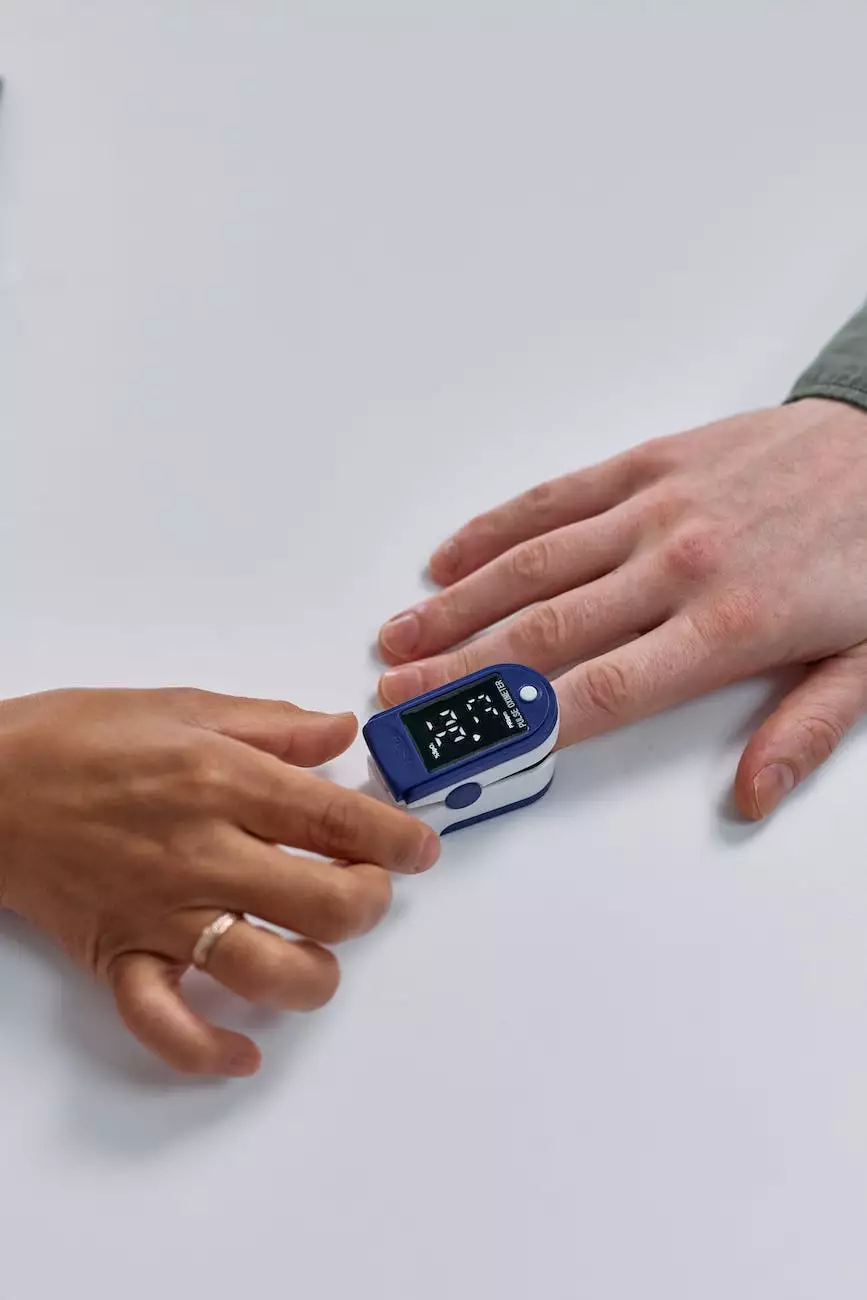Your Pulse and Target Heart Rate

Understanding Your Pulse
As an essential indicator of your cardiovascular health, your pulse reflects the number of times your heart beats per minute. Measuring your pulse can provide valuable insights into your overall well-being and help you evaluate your fitness levels.
How to Measure Your Pulse
To measure your pulse, find a comfortable position and follow these steps:
- Locate your pulse points: The pulse points are major arteries where you can feel your heartbeat. Common pulse points include the wrist (radial pulse), the neck (carotid pulse), and the upper thigh (femoral pulse).
- Use your fingers: Gently place your index and middle fingers over the pulse point.
- Count the beats: Once you locate the pulse, count the number of beats you feel within a 60-second timeframe.
Understanding Resting Heart Rate
Resting heart rate refers to the number of times your heart beats per minute when your body is at rest. It is an important measurement that can provide valuable insights into your cardiovascular health and fitness levels. A lower resting heart rate generally indicates better cardiovascular fitness.
Calculating Target Heart Rate
Your target heart rate is the ideal range of heartbeats per minute you aim to achieve during exercise. It is determined based on your age and fitness goals. Calculating your target heart rate can help you exercise at the appropriate level of intensity.
Determining Your Maximum Heart Rate
Your maximum heart rate is the highest number of beats your heart can reach in a minute during intense physical activity. It can be estimated by subtracting your age from 220. For example, if you are 30 years old, your estimated maximum heart rate would be 190 beats per minute (220 - 30).
Using the Heart Rate Reserve Method
The heart rate reserve method takes into account both your resting heart rate and maximum heart rate to calculate your target heart rate range. Here's how you can calculate it:
- Determine your resting heart rate: Measure your heart rate when you wake up in the morning before engaging in any physical activity.
- Calculate your heart rate reserve (HRR): Subtract your resting heart rate from your maximum heart rate.
- Establish your target heart rate range: Multiply your HRR by the desired exercise intensity (usually a percentage between 50% and 85%) and add your resting heart rate to both results. This will give you the lower and upper ends of your target heart rate range.
Importance of Target Heart Rate
Exercising within your target heart rate range ensures that you are working at an appropriate intensity level to achieve your fitness goals. Whether you aim to improve cardiovascular endurance, burn calories, or enhance overall fitness, staying within your target heart rate range will maximize the benefits of your workouts.
Monitoring Your Heart Rate during Exercise
To monitor your heart rate during exercise, you can use a heart rate monitor or check your pulse manually. Make sure to:
- Wear a heart rate monitor: A heart rate monitor is a convenient device that provides real-time heart rate data, allowing you to adjust your exercise intensity accordingly.
- Check your pulse regularly: If using a heart rate monitor is not possible, periodically stop exercising and manually check your pulse to ensure you are staying within your target heart rate range.
Conclusion
Understanding your pulse and target heart rate is crucial for maintaining a healthy lifestyle. By measuring your pulse, determining your resting heart rate, and calculating your target heart rate range, you can optimize your workouts and achieve your fitness goals. Monitor your heart rate during exercise to ensure you are working at an appropriate intensity level. Always consult with your healthcare provider for personalized advice regarding your pulse and target heart rate.









